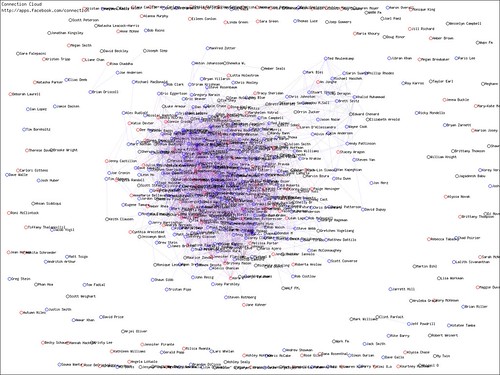In my work, I get the opportunity to talk to a lot of interesting people, as both part of the Financial Aid Podcast and PodCamp. Last year, while I was doing outreach for the podcast on MySpace, I got a chance to talk to a kid who has had a decidedly different educational experience than most kids in the US. I can’t legally use her name since she’s under the age of majority, but let’s call her Sara for the purposes of discussion.
First, a bit of background. Sara is from one of Massachusetts’ old money families – bluebloods, as the slang goes – and as a result she attends a private school coupled with private tutoring. She’s from a family and background that will never, as far as I know, need the services of the Student Loan Network, unless it’s to offer a multimillion dollar scholarship to the Edvisors Foundation.
Now, most people would probably have a casual chat and be on their way, but I really, really wanted to know one thing: what’s her school system like? What does a child of wealth and privilege experience in school? It turns out to be something very different.
Here’s what she’s been studying as a sophomore in high school:
- Calculus
- Greek
- Latin
- Debate
- Rhetoric
- Classical English literature
- Phyiscs
- Logic
- Geography
This, in short, is a pre-20th century curriculum focused on academic rigor with the intent of giving a child the mental toolkit to be a leader, to have at their fingertips a knowledge of the world and the mind. Most important, she moves at her own (rapid) academic pace because her tutor is integrated with her private school, moving her along academically as quickly as possible to increasingly complex subjects.
What’s more, when I asked her what else she needed to learn, there was one important component that virtually no one is taught in school – as part of her education, she’s expected to be able to network with her peers. If Sam needs something and Jane has it, Sara acts as the intermediary, the power broker, connecting the two. At family parties and gatherings, she’s expected to greet and introduce herself to the guests – and gather information from them for later use.
This blog post is not to express any opinion except to offer a glimpse behind the garden wall. If you have kids, what are they learning?


